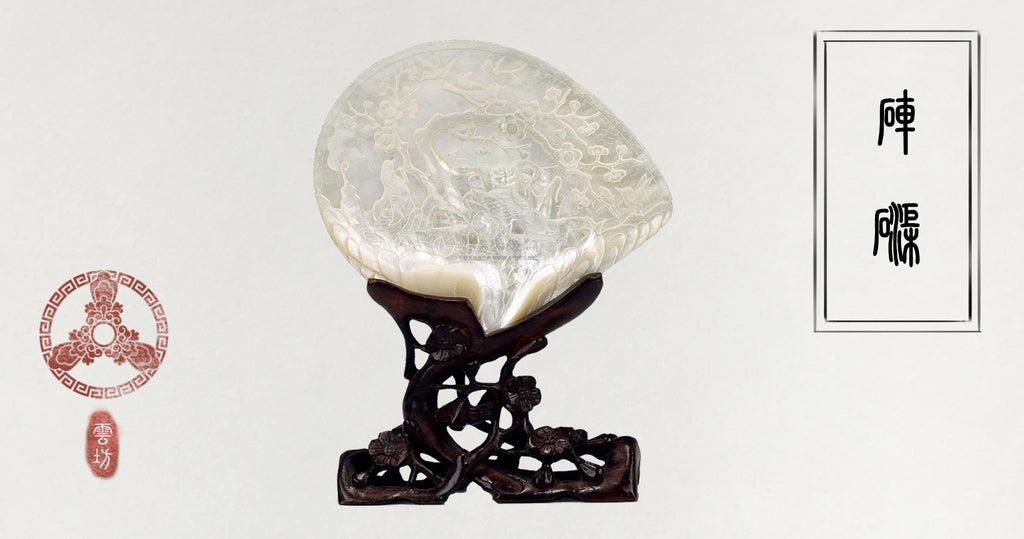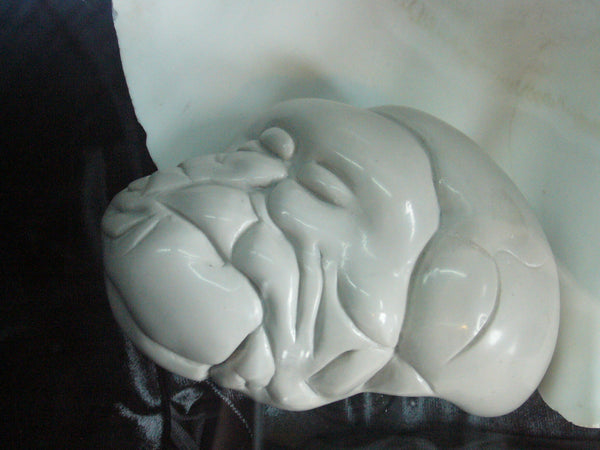8% off orders over $100, 15% off orders over $150, 20% off orders over $300.
Menu
-
- Specials
-
Types
-
Symbols
- Auspicious Cloud | Heaven
- Lotus | Purity & Elevation
- Phoenix | Rebirth and Fidelity
- The Nine | Eternity and Completeness
- Bamboo | Strength and Resilience
- Ruyi | Wish Fulfillment
- Moon | Mystery & Elegance
- Herbal Locket | Hidden Protection
- Tassel | Elegant Charm
- Butterfly and Flower | Love
- Plum Blossom | Endurance and Resilience
- Chinese Knot | Harmony, Tradition, Legacy
- Pumpkin | Prosperity & Abundance
- Pipa | Celestial Music
- Hulu Gourd | Protection and Prosperity
- Fish | Prosperity
-
Collections
- Atlantis
- Revive Your Inner Kingdom
- Auspicious Origin
- Auspicious Flower
- Udumbara Flower
- Return to Origin
- Celestial Cloud
- Elf Forest
- Gold Lotus
- Serene Lotus
- Pearl Elegance
- Radiance
- Metropolis Hermit
- The Nine
- Moon Goddess
- Tassel Elegance
- Chic Velvet Choker
- The Cloud
- Lotus Leaf
- Realm of Peace
- Four Season
-
Craftsmanship
-
Gemstones
- Pearl | Purity and Wisdom
- Jade | Stone of Heaven
- Turquoise | Protection and Healing
- Tridacna | Realm of Peace
- Lapis | Truth and Enlightenment
- Rose Quartz|Love, Healing, Compassion
- Amethyst | Clarity and Tranquility
- Amber | Vitality and Protection
- Carnelian | Courage and Vitality
- Coral | Protection and Prosperity
- Tourmaline | Energy and Balance
- Crystal | Healing and Clarity
-
Birthstone
-
Style
-
Price
-
- Jewelry Set
- Necklaces
- Earrings
- Bracelets
- Hair Jewelry
- Glasses Chains
- Rings
- Anklets
- Ornaments
- Login
-
English

8% off orders over $100, 15% off orders over $150, 20% off orders over $300.
Tridacna Shell: The Giant of the Sea
April 27, 2017 2 min read

Do you recall the giant shell in Botticelli’s “The Birth of Venus,” the one that Venus stands on as she’s blown onto shore by angels? A clam of that size, while fantastical in a Renaissance painting, does actually exist.
The tridacna gigas is the largest species of clam on the planet, with a lifespan of almost a hundred years and a weight of hundreds of pounds. Its shell and pearls are the whitest natural gemstone on earth. It is also critically endangered.
Their numbers have plummeted since the 1970s due to over-harvesting, mainly for food and aquarium displays. They can still be found in the waters of the Pacific stretching from the Philippines to Micronesia. All tridacna species are protected under the Convention on International Trade in Endangered Species of Wild Fauna and Flora (CITES).
The most famous pearl produced by a tridacna gigas is the so-called Pearl of Allah, also known as the Pearl of Laozi. Weighing in at a whopping 14 pounds, this was no “pearl” in the sense that we are familiar with. Pearls from oysters have a nacreous, iridescent glow. Tridacna pearls look like an irregular blob of porcelain—or in the case of the Pearl of Allah, a turbaned head and wizened face. As of 2006, this pearl was valued at $61,850,000, if not for its uncanny resemblance to a sage, then for its status as a record-holder.
The Chinese name for tridacna, “che-qu,” is mentioned in Buddhist scriptures from the Han dynasty as being one of the seven treasures of Buddhism. A common belief is that wearing tridacna jewelry can calm the spirit and remove negative energy, and the beads are sometimes used in rosaries.
Puzzlingly, very little tridacna art or jewelry objects can be found in museums today, though the shells are occasionally sold at auction in their natural form, as pearls, or as tribal artifacts from Pacific Island cultures.
This article is part of the Divine Land Gemstone Compendium, a weekly series by Yun Boutique exploring the gemstones of ancient China and their significance to Chinese culture. See the full series here. Subscribe to the email newsletter to receive future installments.
Produced and edited by Christine Lin. Researched by Ariel Tian.
Leave a comment
Subscribe
Sign up to get the latest on sales, new releases and more …


